Our PESTLE Analysis of the Agriculture Industry studies the political, economic, social, technological, social and environmental factors impacting the industry.
Do you ever imagine your life if you lived away from the city, on farms looking after your crops all day? It does seem pretty relaxing. However, there is a lot of toughness associated with that lifestyle too.
As the world has advanced, people are abandoning rural areas and settling in urban areas. Over the years, people have started thinking that agriculture may not be that important in today'stoday's advanced era.
Today's article will provide insight into the global agriculture industry and discuss its significance. Later, we will also conduct a PESTLE Analysis of The Agriculture Industry to see what external factors impact the Agriculture Industry.
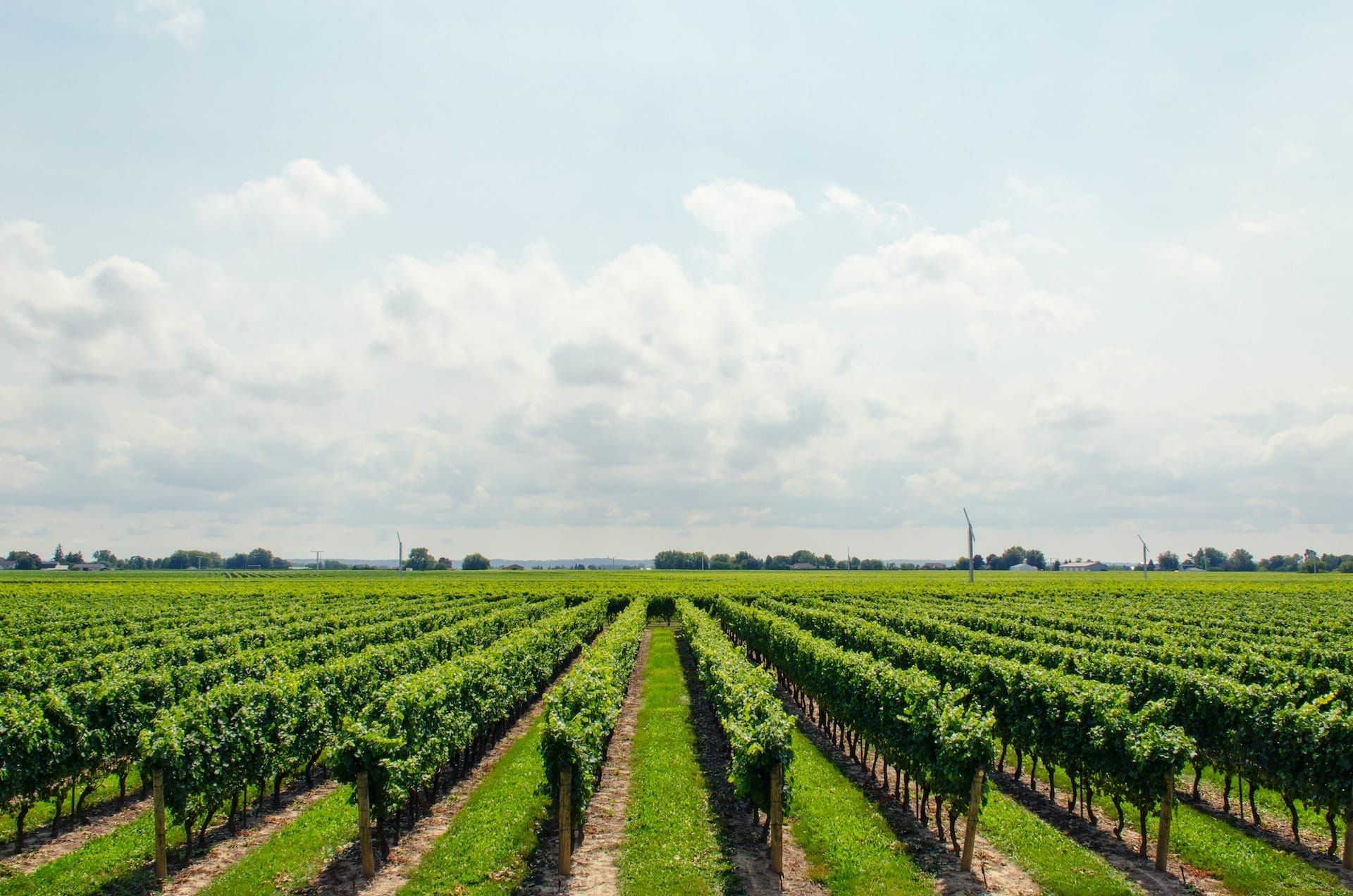
The agriculture industry is one of the most significant industries in the economy. It is responsible for providing abundant food to the people in a country. Moreover, the agriculture industry also generates revenue and contributes to the economy significantly.
Whenever we talk about the agriculture industry, we often link it with crop production and farmers only. Whereas that is only a small part of the agriculture industry.
The entire agriculture industry consists of livestock farming, fisheries, crop production, fertilisers producers, businesses that provide services to the agriculture industry, etc.
The agriculture industry has always been significant. The roots of the agriculture industry can be traced back to the Neolithic Revolution in 10,000 BCE. This was the time when humans left the nomadic lifestyle and started getting settled in agricultural civilizations. At that point, humans were growing wheat, barley, rice, etc.
After that, civilizations began to settle at the river banks to ensure they got enough water supply for agriculture. The traces of developed agricultural industry can be found in ancient civilizations such as the Indus Valley Civilization, which probably had the most developed irrigation system then.
In the middle ages, animals were used in agricultural practices. For example, horses were used for plowing. Moreover, efficient tools replaced the old tools which made agriculture more effective.
Later in the 18th century, the agricultural revolution took place in Europe. The agricultural revolution introduced modern agricultural techniques, which resulted in high yields.
Moreover, selective breeding of animals was introduced, which proved effective for livestock farming.
Besides that, machines were introduced for agriculture. Plowers and tractors replaced humans and animals, making the agricultural sector more productive.
In the 20th century, the use of pesticides and fertilizers became common, which improved the quality of crops, and maximized their yields. The irrigation systems improved over, and the overall production of crops increased.
From then onwards, the agriculture industry kept on evolving. New agriculture techniques got introduced in the agriculture industry. More machines replaced animals and human capital, improving agriculture'sagriculture's efficiency.
Other than that, the latest irrigation techniques that made agriculture possible with minimum water use were developed. Currently, the global agriculture industry is worth more than $13 trillion.
The agriculture industry will likely grow 9% yearly in the coming years. The agriculture industry is also a source of employment for people around the globe. 26% of people worldwide are a part of the agriculture industry in one way or the other.
Now that we have discussed the operations of the agriculture industry and shed light on its history, let's proceed further and discuss what PESTLE analysis is.
PEST analysis is used by businesses to analyze what external factors impact the operations of any business or industry. In this section, we will look at what external factors affect the agriculture industry.
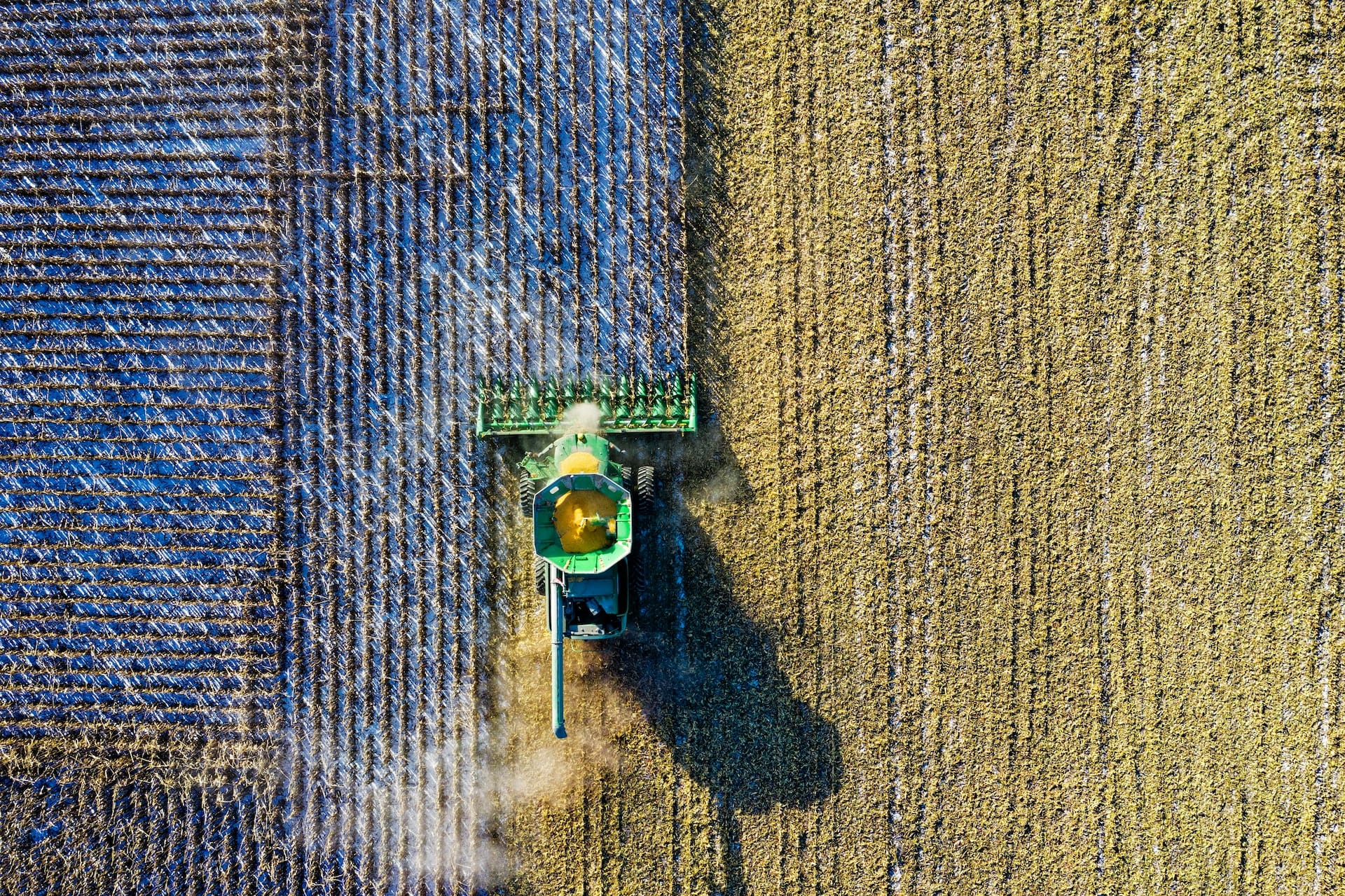
Political Factors That Affect The Agriculture Industry
Political factors are the factors that are related to government policies and political matters. This section of the PESTLE analysis highlights how various political factors impact businesses and industries.
Let's examine how different political factors affect the agriculture industry. Subsidies provided by the government have a significant impact on the agriculture industry.
Suppose a government decides to provide subsidies to farmers and other sectors of the agriculture industry. In that case, the agricultural output and the activity in the agriculture industry will increase.
Moreover, trade policies made by the government have a significant impact on the agriculture industry.
Agricultural goods and products are exported and imported across the globe. However, if a government bans the export of crops or agricultural products such as fertilizers, then the agriculture industry in that country would suffer.
Other than that, If the government makes economic zones and provides electricity, water, and gas at low rates to the fertilizer producers, then the production of fertilizers will increase.
This fertilizer would be consumed domestically and could even be exported abroad.
Other than that, agricultural land reforms can impact the agriculture industry significantly.
Suppose a government decides to take agricultural land from landlords and distribute it. In that case, this will impact the agriculture industry negatively, and the agriculture output will fall significantly.
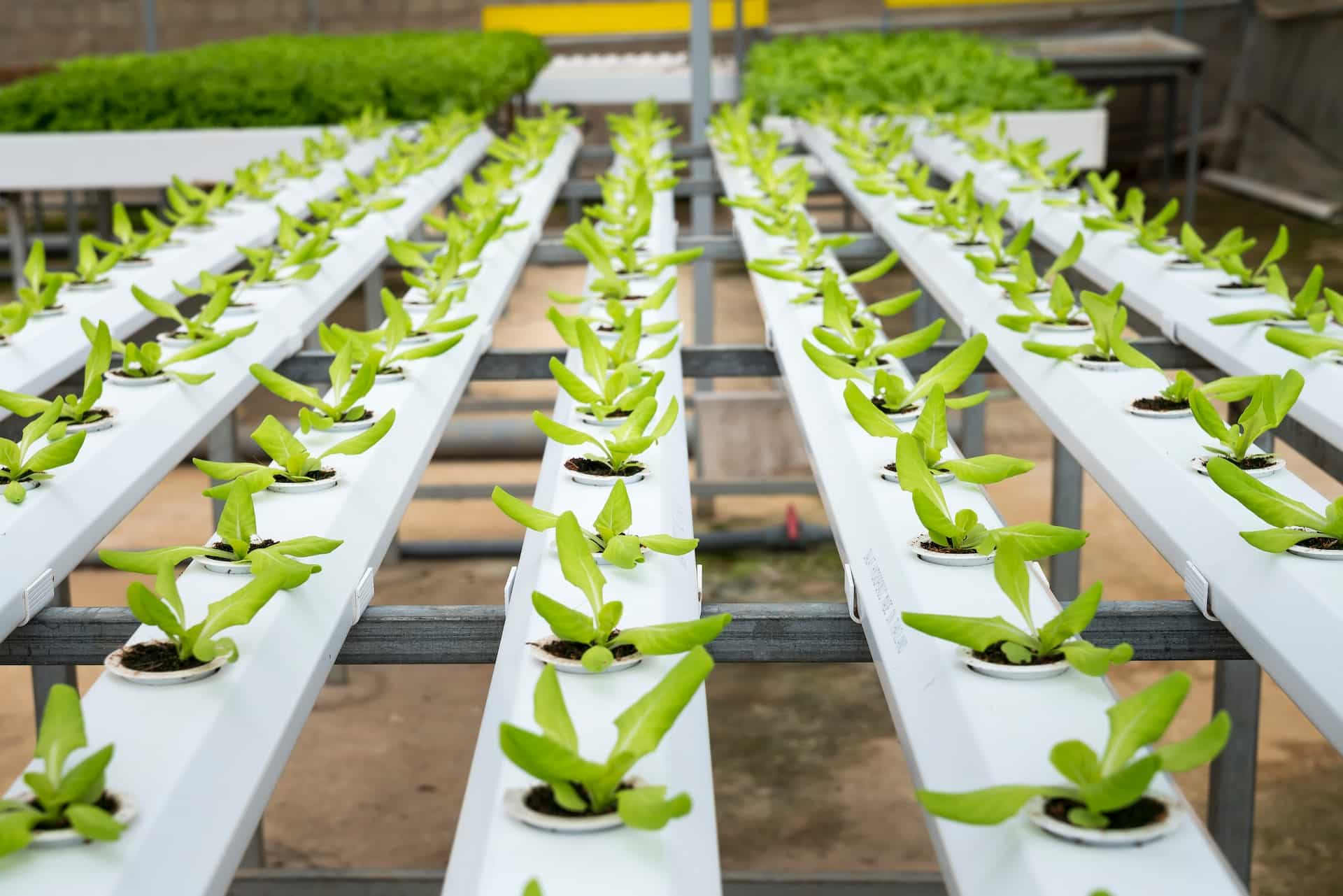
Economic Factors That Affect The Agriculture Industry
Economic factors are the factors related to the economy of a country. In this section of the PESTLE analysis, we will discuss how different macroeconomic variables impact the agriculture industry.
Inflation is one of the factors that have a great impact on the agriculture industry. If the inflation rate is high in the economy, the demand for agricultural goods might drop. This would impact the agricultural industry negatively.
Moreover, if the interest rate is high in the economy, people would prefer to put the excess money into their bank accounts and enjoy heavy returns instead of investing that money in setting up a fertilizer plant or buying agricultural land.
Hence, high-interest rates would push investors away from investing in agriculture. Besides that, economic recessions are a nightmare for the agriculture industry. If a country is going through a recession, the purchasing power of people will fall.
This will make the demand for crops, pulses, and meat fall. As a result, farmers and people involved in agriculture will suffer.
Besides that, the exchange rate impacts the agriculture industry significantly. For example, Russia is an exporter of wheat. If any country has a depreciated exchange rate to Ruble, then it would hesitate to import wheat from Russia because it would be expensive.
As a result, if Russia's exchange rate is appreciated compared to other currencies, then the demand for its agricultural goods might fall. Hence, its agriculture industry would suffer.
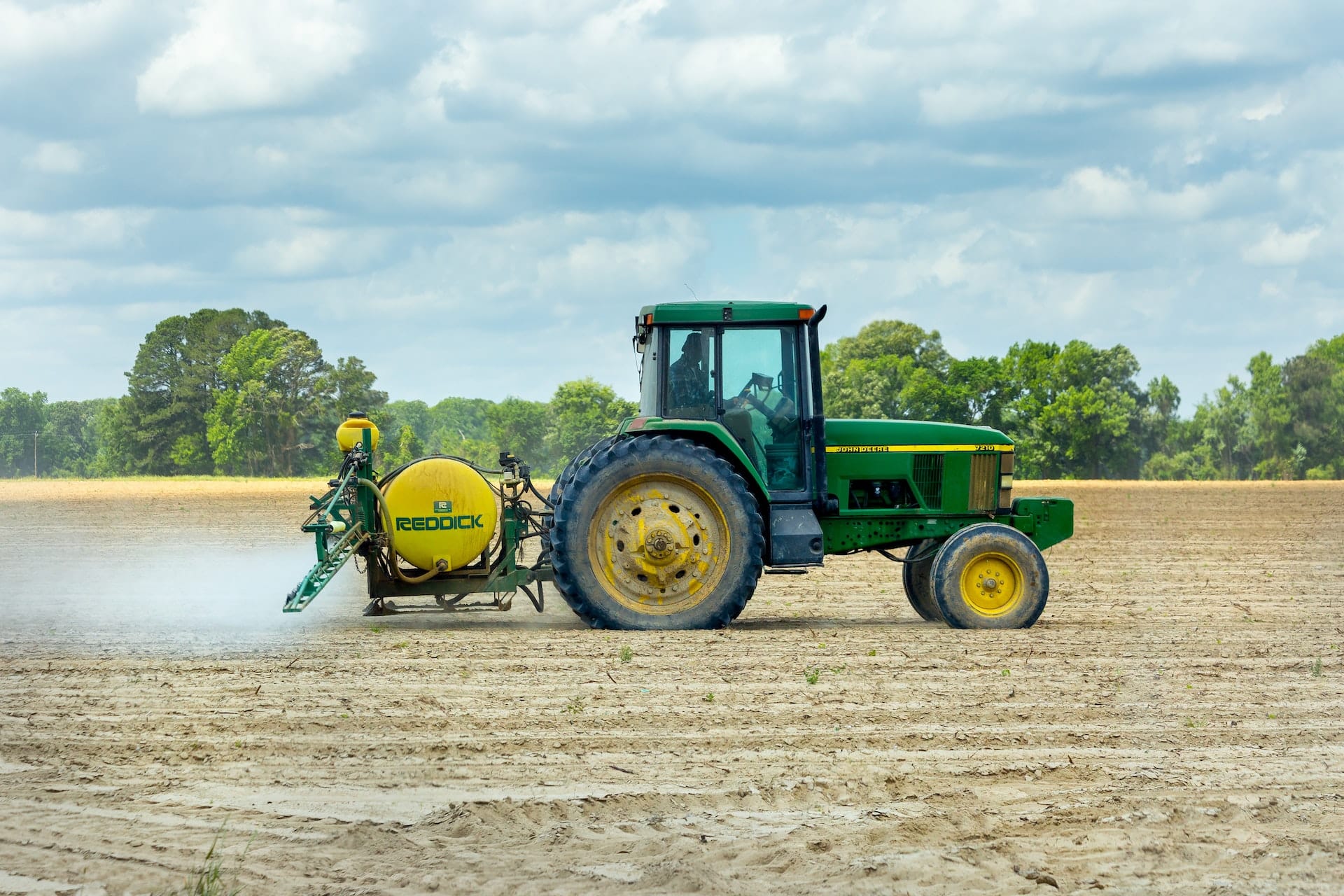
Social Factors That Affect The Agriculture Industry
Social factors highlight the societal and cultural factors that affect businesses and industries. This section will discuss how various social factors impact the agricultural industry.
Population in any country has a great influence on the agriculture sector. If a country has a large population like India, Russia, or China, then its agriculture industry would also be big enough to cater to the needs of such a huge population.
A large population causes the demand for agriculture to increase. As a result, the agriculture industry has grown. Moreover, the level of urbanization also impacts the agriculture industry. If a country experiences a high rate of urbanization, the agriculture industry in that country may suffer.
Suppose the majority of the population moves to the urban areas. In that case, fewer people will be left to work in agriculture. Hence, the output of agriculture would fall, which might result in famines and food scarcity.
Other than that, social perceptions significantly impact the agriculture industry. Suppose people in a society feel that doing agriculture is a sign of incompetence and illiteracy.
In that case, fewer people will be involved in the agriculture industry. As a result, the agriculture industry in that country would suffer.
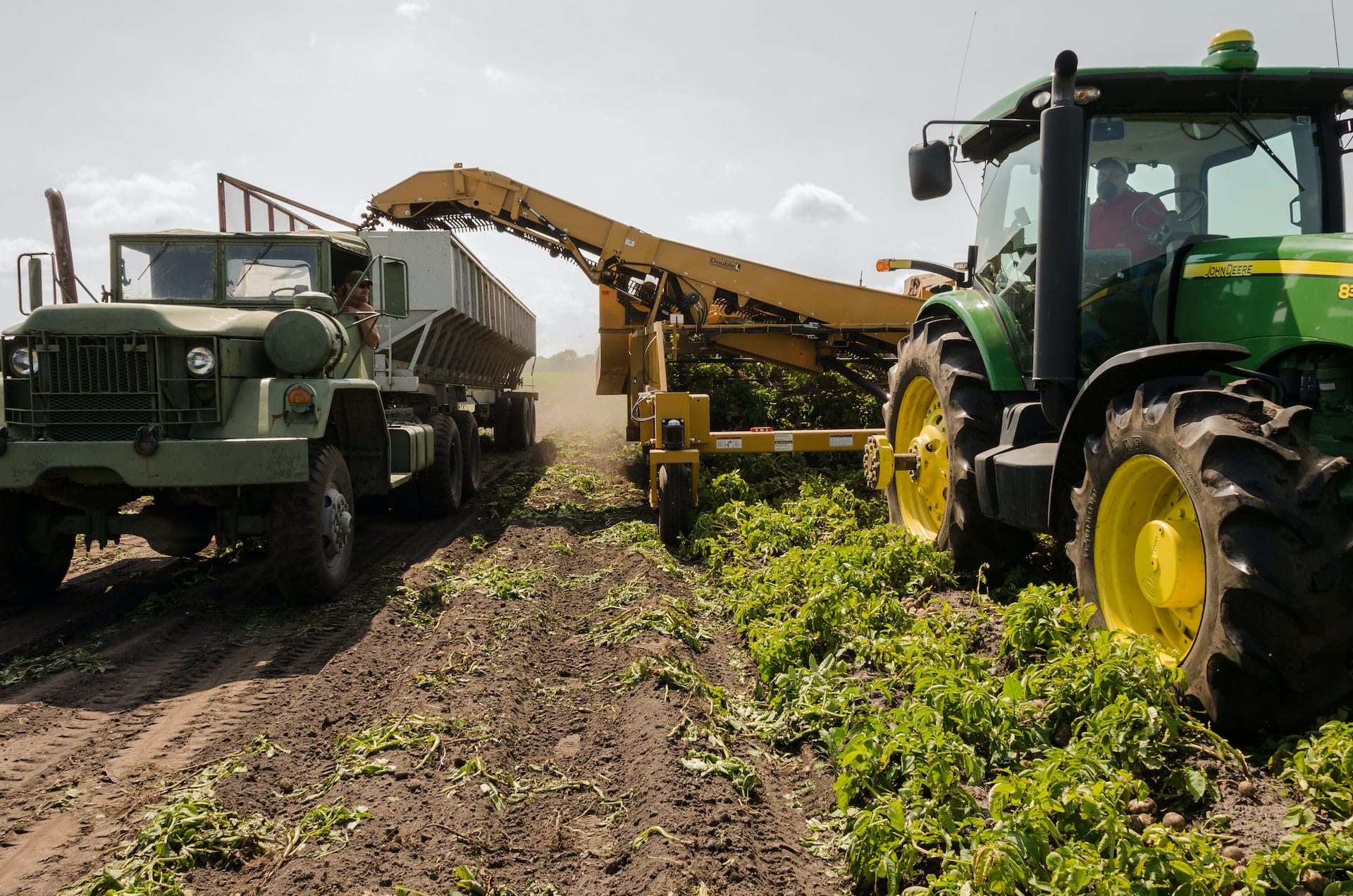
Technological Factors That Affect The Agriculture Industry
Technological factors in the PESTLE analysis highlight the technological innovations that impact the operations of businesses and industries. Let's take a look at what technological factors impact the agriculture industry.
Technology has a great impact on the agriculture industry. Technological advancements have paved the way for precision agriculture. Precision agriculture allows using the latest technology, such as drones, GPS, sensors, etc, to monitor soil conditions.
It helps the farmers to make well-informed decisions, and it increases the productivity of the agriculture sector. Furthermore, automation and robotics have increased the agriculture industry's productivity, making the agriculture sector more efficient.
Machinery usage has reduced the time used in various processes such as plowing and harvesting. Moreover, biotechnology also has a significant impact on the agriculture industry.
Due to the advancements in biotechnology, scientists can now genetically engineer crops to make them pest-resistant and drought-tolerant. Genetically modified crops would be able to survive through tough conditions. As a result, the agricultural output won't get affected by tough weather conditions.
Besides that, vertical farming has increased the productivity of the agriculture industry. Moreover, it has enabled farmers to practice agriculture on small land.
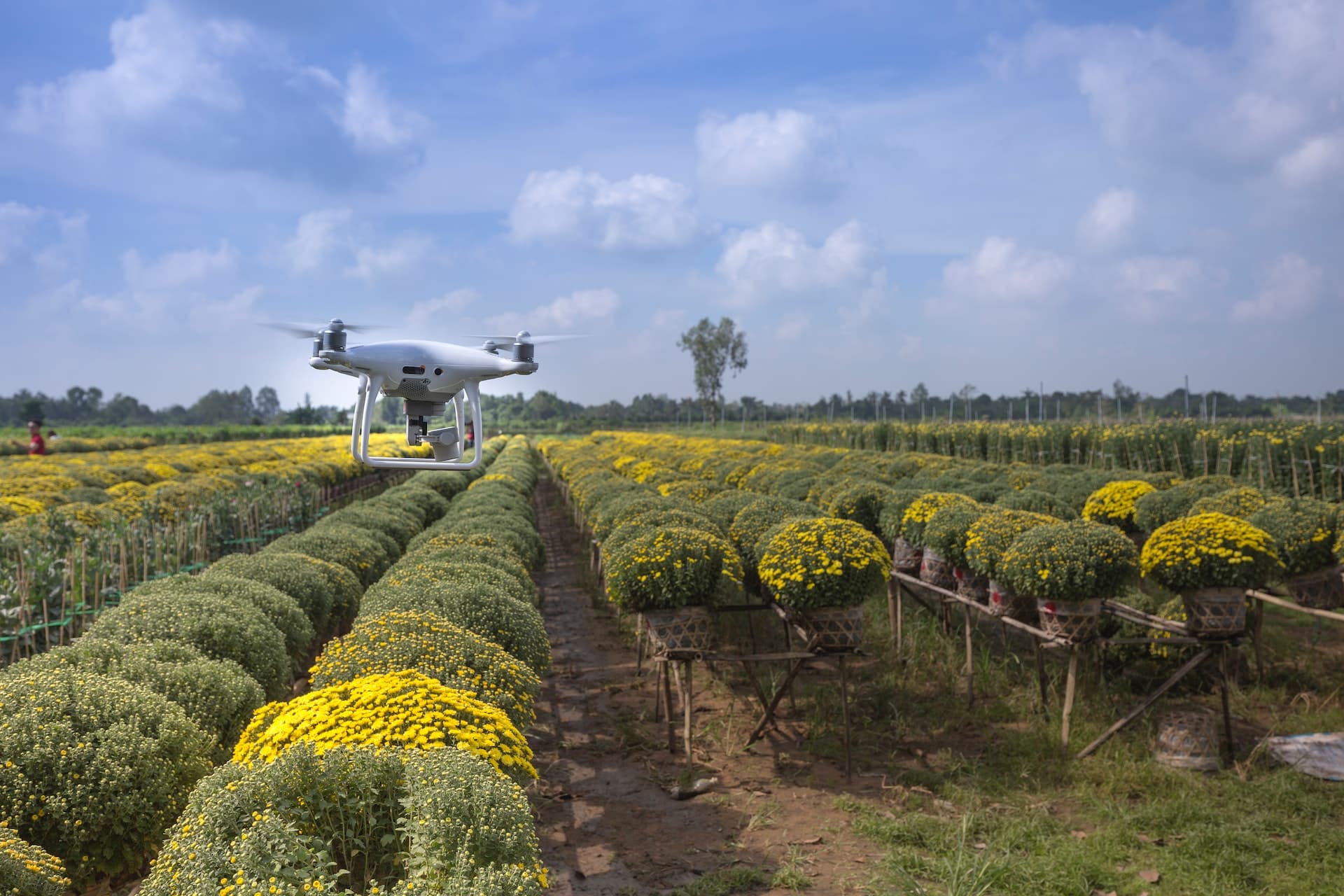
Legal Factors That Affect The Agriculture Industry
This section of the PESTLE analysis analyses what impact do laws of any country have on a specific business or an industry. This section will examine how multiple legal factors impact the agriculture industry.
Land laws have a significant impact on the agriculture industry. Suppose a country has land laws that are beneficial for farmers and landlords. In that case, the agriculture sector in that country will flourish. However, if a high tax rate is imposed on the possession of agricultural land, people would be discouraged from keeping agricultural land.
Moreover, If the government has well-defined labor laws that prevent employers from discriminating against employees and ensures minimum wage for laborers, more people would be encouraged to invest in the agriculture industry.
Furthermore, suppose the licensing laws for agriculture are strict and demand a lot of paperwork. In that case, people might be discouraged from practicing agriculture professionally.
Other than that, if the environmental laws in a country are strict and demand proper waste disposal and water management, then people might find it difficult to practice agriculture in such a country. As a result, the agriculture industry might shrink because of the strict environmental laws.
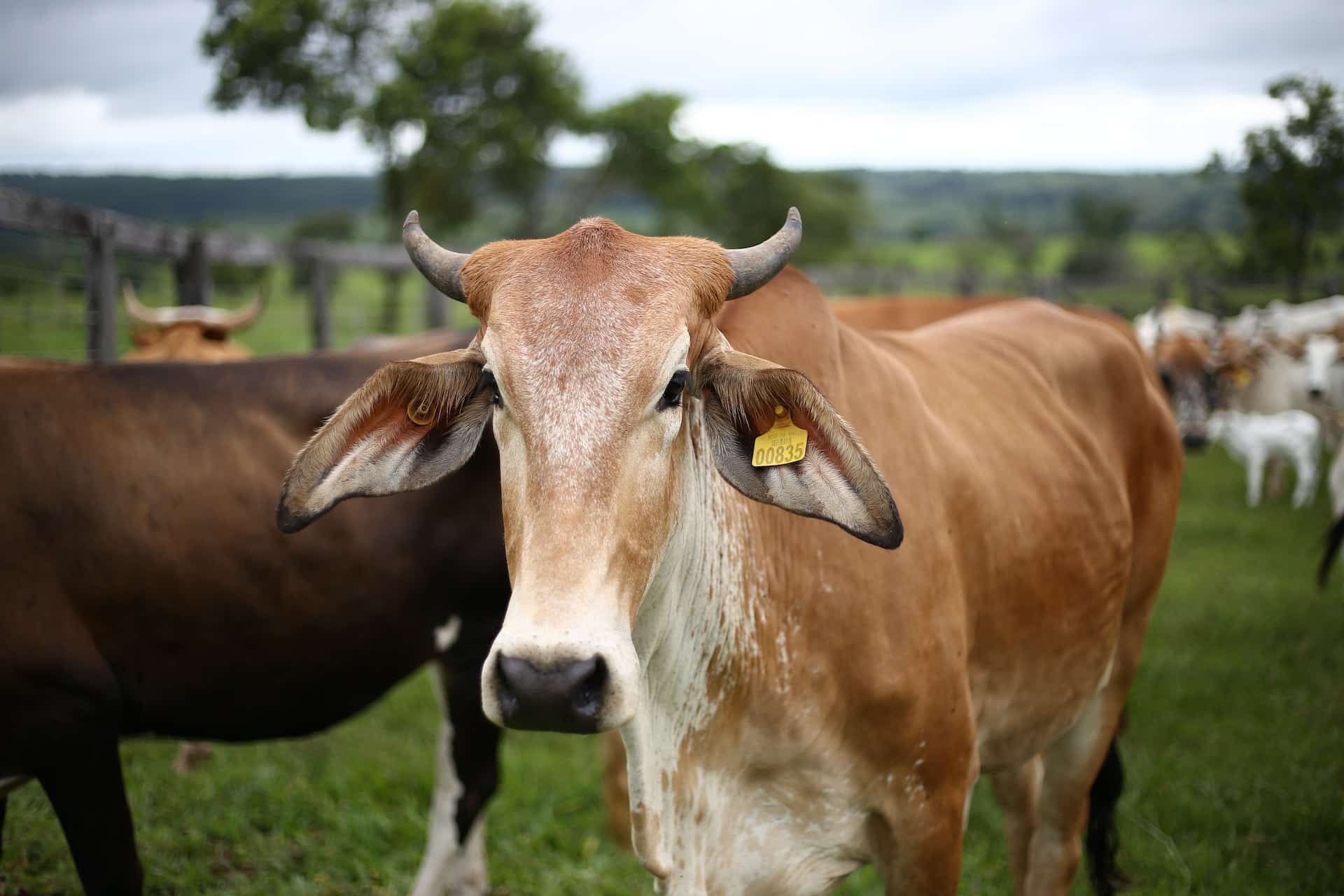
Environmental Factors That Affect The Agriculture Industry
Environmental factors are the factors that are related to the environment. This PESTLE analysis section will examine what environmental factors affect the agriculture industry.
As the global environment is deteriorating, the frequency of natural disasters such as storms and tornados has increased. These natural disasters have a negative impact on agriculture. Storms ruin fields of crops. As a result, the agriculture output falls, which results in famines.
Moreover, irregular rainfalls have a devastating impact on crops such as cotton and wheat. If rainfall occurs at the time of harvesting of wheat and cotton, the crop gets damaged. Hence, irregular rainfalls affect the agriculture industry negatively.
Besides that, the agriculture industry uses fertilizers to increase the yields of crops. However, excessive use of fertilizers makes the soil infertile, which can impact agricultural output negatively in the future.
Other than that, the water used for irrigating fields might flow into a waterbody near. This would contaminate the entire water body since the water fused in irrigation would contain residual fertilizers. In this way, the use of fertilizers might contaminate water bodies.
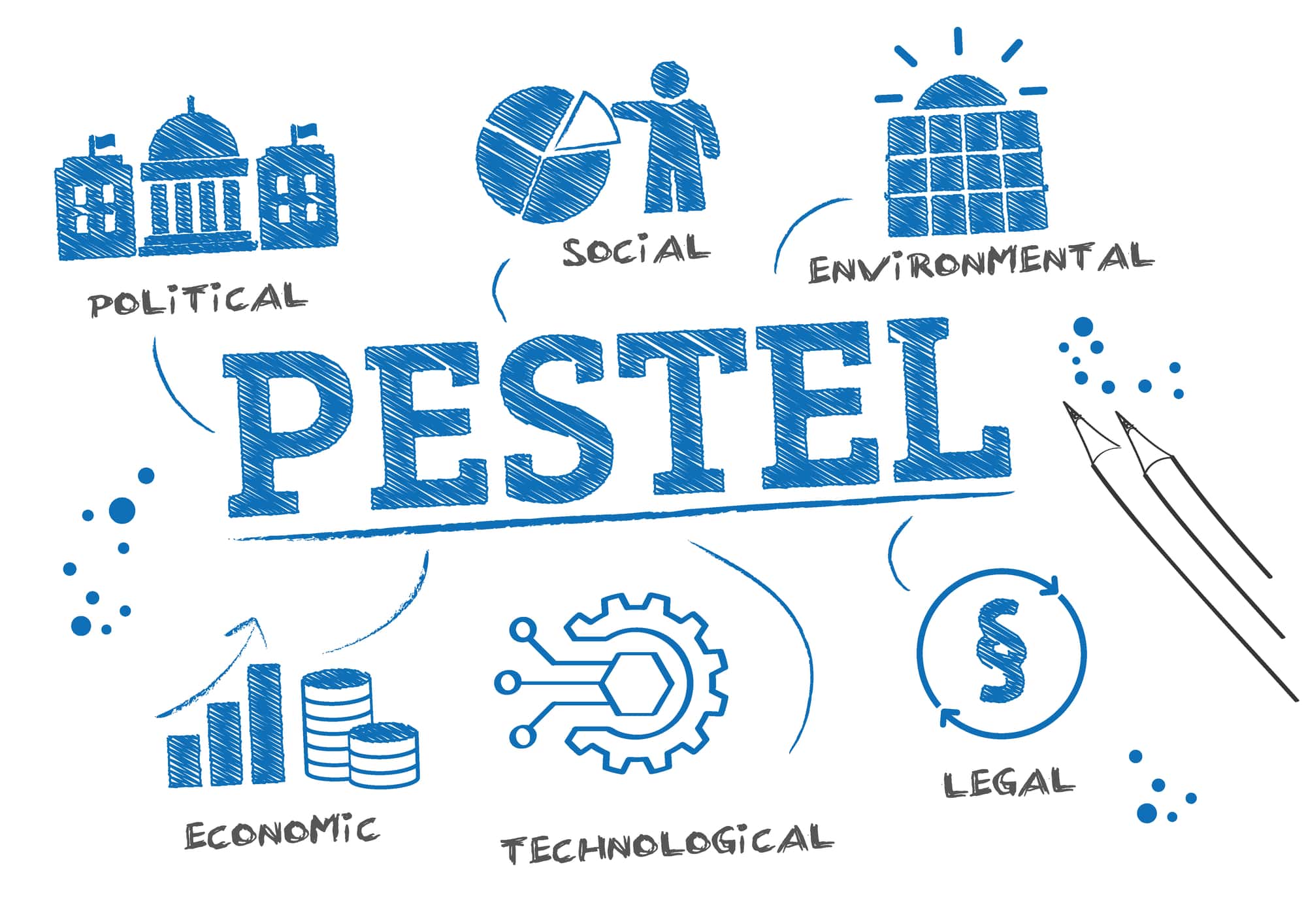
PESTLE Analysis of The Agriculture Industry: Final Word
The agriculture industry is one of the biggest industries in the world. It provides employment to millions of people across the globe. The size of the agriculture industry varies from country to country.
Some countries that export agricultural products have huge agriculture industries. Meanwhile, other countries have smaller agriculture industries.
The agriculture industry consists of various sectors, for example, crop production, livestock farming, etc. The agriculture industry has been present for ages. In ancient times, civilization had a high dependence on agriculture.
Over the years, the agriculture industry evolved. Machines took over, and the latest agriculture techniques emerged. In this article, we conducted the PESTLE analysis of the agriculture industry to see what external factors impact the agriculture industry.
The PESTLE Analysis framework helped us highlight various external factors that affect the agriculture industry. If you are curious to know more about the PESTLE analysis technique, look at more examples of the PESTLE analysis to clear your concepts.


